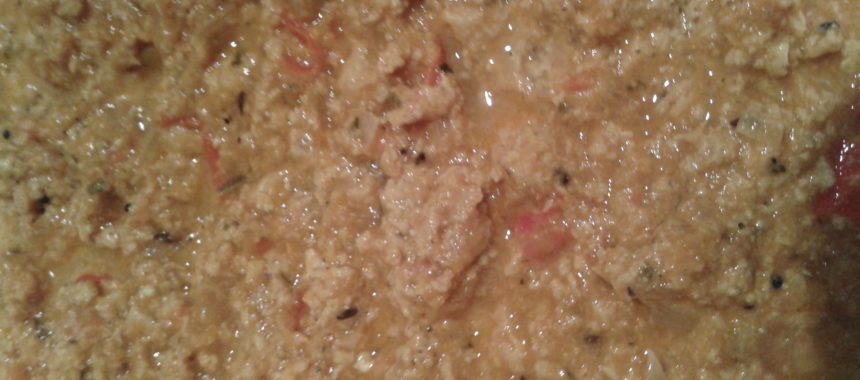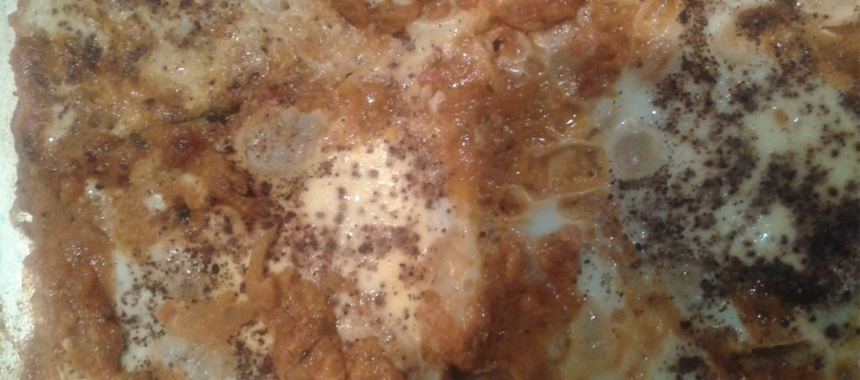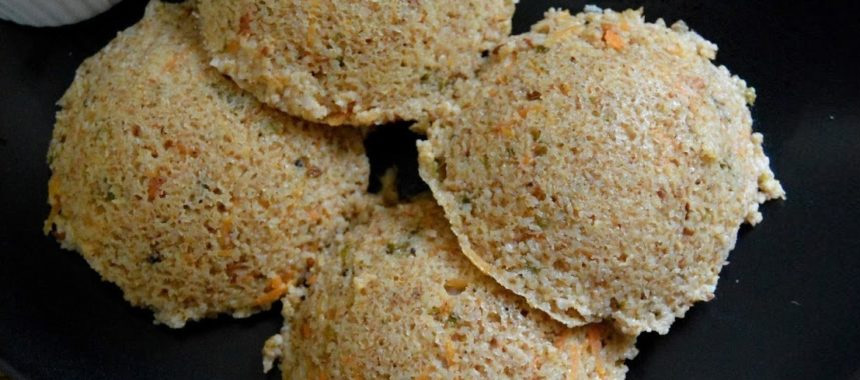Well-being of man very much depends on the proper functioning of this digestive organs. The digestive tract is a long tube, in which food enters at one end , digestion takes place in the middle part and waste products are thrown out from the other end. Proper motility and presence of various secretion in this tube are necessary for the process of digestion.
Digestive System:
The digestive system runs from the mouth from anus like long cylinder that process food. The food you eat passes slowly through this cylinder and is either absorbed or eliminated from it at the terminal end. This process is called “Digestion”. The wall of this cylinder have smooth muscles that operate automatically while food is being stored. Various secretion from glands lining the stomach walls will be acted upon the food to break-down it and prepare it for passage to the small intestine. The principle fluid is called “Hydro-chloric acid or stomach acid” that secretes about 2 to 3.5 litres every day. This juice provides an acid environment in the stomach when food is reached. However, the presence of food is to protect the stomach from the action of the acid. As food leaves the stomach, the release of acid is usually reduced. If you are disappointed and unhappy, then the acid level down, therefore one should remain cheerful while eating.
Causes of Hyper-acidity:
The normal stomach can handle the highly secretions needed for digestion. However, under certain circumstances, this acid can become very irritating and cause a variety of symptoms. Gastric contents regurgitating into the lower oesophagus, which causes irritation in there and the distressing symptoms known as heartburn. Over-stretching of the stomach due to over indulgence, weakness of the valve at the end of oesophagus or even pregnancy with the pressure from an enlarged womb can lead to heart burns. The medical term for this condition is “Reflux oesophagitis”. Alcohol, excessive spicy foods, smoking, coffee and emotional factors can trigger the acid secretions of the stomach and can result in symptoms such as burning, fullness, bloating, or sour stomach, inflammation of the stomach lining is known as “Gastritis” etc.
Due to the presence of acid and other chemicals, the lining mucosa of the stomach may be eroded, causing a small wound called as “Gastric ulcer” which is found usually on the upper side in the stomach at the age between 45 and 55 or in the first part of the duodenum called as “Duodenal ulcer” , which can become chronic because of the continuing presence of acid and food. These ulcer is commonly seen in the places where acid can reach.
Symptoms of ulcers:
Pain in the central upper abdominal area is the chief characteristic of peptic ulcer. The pain can be gnawing or may resemble hunger pangs. It occurs on an empty stomach and is relieved by food or an antacid. Awakening at night with this kind of pain is the characteristic of it.
Diet advice:
Bland diet are helpful in the conditions like oesophageal ulcers, gastric and duodenal ulcer. The basis for such diet are the elimination of fibre or roughage, spices and condiments and even alcohol are chemical instants which stimulate mucous membrane and may promote excessive gastric secretion.
Essential Nutrients:
Calories:
- High calorie diet is advised from carbohydrate and protein.
- 2000 to 2500 kcals needed from simple carbohydrate and complete protein.
Protein:
- An adequate supply of protein about 2 gm per kg of body weight is needed to cure ulcer.
- 100 to 150 gm of protein is needed for low serum albumin.
- At-least 50% of dietary protein should be obtained from milk. Meat soup and extractions which are powerful stimulant to gastric secretion should be avoided.
- Dhal, sour-less curd, milk, boiled egg, stewed fish etc are good protein for all types of ulcer.
Carbohydrate:
- 40 to 50% of calorie requirement should be provided by carbohydrate.
- Only milled cereals should be consumed.
- Raw and grossed vegetables should be excluded.
- Cooked tender vegetable like potato, cereals and cereal products are suitable for ulcer patients.
- The vegetables also be fibre free.
Fat:
- Fat are much useful in ulcer patients, as they delay in emptying the stomach.
- The product of digestion of fat in small intestine produce entro-gastrone which inhabits the secretion of gastric juice.
- Fat like cream are suitable.
- About 50% should be from milk and remaining from vegetable oil.
Fluid:
- Liberal intake of fluid should be ensured.
- Exclude spicy soup and citrus juice.
- Protein in milk may cure inflammation in the stomach.
- Butter milk without sour is good for ulcer patients.
- Caffeine increases gastric acid and pepsin secretion. Repeated intake of caffeine may aggravate peptic ulcer.
- During acute stage of ulcer, citrus fruits like pineapple, grapes, lemon, sweet lime beverages should be avoided.
Foods to be included,
Liberally:
- Cereals, refined flour, fruits without fibre, butter milk, curd without sour, fish with less oil, mushroom, sugar etc.
Moderately:
- Dhal, tender vegetables, Strained non-citrus fruit juice, Boiled egg, Plain complan, diluted milk, clear soup without spice, occasionally light tea etc.
Excluded:
- Whole legumes, citrus fruits, spicy food, pickle, salted food, skimmed milk, dry fruits, chocolate, fried foods, aerated beverages, other soft drinks, vege with fibre, vege salad, chewing betel leaves with calcium carbonate and tobacco, coffee and strong tea.
Permitted foods gram per day:
| Food sources | Vege | Non-vege |
|---|---|---|
| Milled rice | 200 | 200 |
| Dhal | 50 | 30 |
| Milk | 1800 ml | 1800 ml |
| Cottage cheese | 50 | – |
| Egg | – | 30 |
| Lean fish or Meat | – | 60 |
| Tender vege | 75 | 75 |
| Potato | 50 | 50 |
| Fruits like apple, banana | 100 | 100 |
| Fat & oil ( Vegetable oil) | 50 | 45 |
Diet chart for Peptic ulcer patient:
| Time | Vegetarian | Non-Vegetarian |
|---|---|---|
| 6.00 a.m |
Milk – 250 ml with sugar-1tsp |
Milk – 250 ml with sugar-1tsp |
| 8.30 a.m |
Cooker idli – 4 with sambar |
Cooker idli – 4 with green chuttney |
| 10.30 a.m |
Strained fruits juice – 200 ml |
Same |
| 12 Noon |
Cooked rice – 2 1/2 cup, |
Cooked rice – 2 1/2 cup, |
| 3.30 p.m |
Biscuits or soft fruits |
Same |
| 4.30 p.m |
Complan – 2 tsp, |
Milk – 200 ml, |
| 7.30 p.m |
Cooked rice – 2 cup, |
Cooked rice – 2 cup, |
| 9.00 p.m |
Milk – 200 ml, |
Milk – 150 ml, |
Nutritive value:
| Vege | Non-Vege | |
|---|---|---|
| Carbohydrate |
1736 |
1732 |
| Protein |
324 |
331 |
| Fat |
450 |
452 |
| Total |
2510 kcal |
2515 kcal |
Diet and timely food are the best treatment for hyper- acidity and various ulcers





